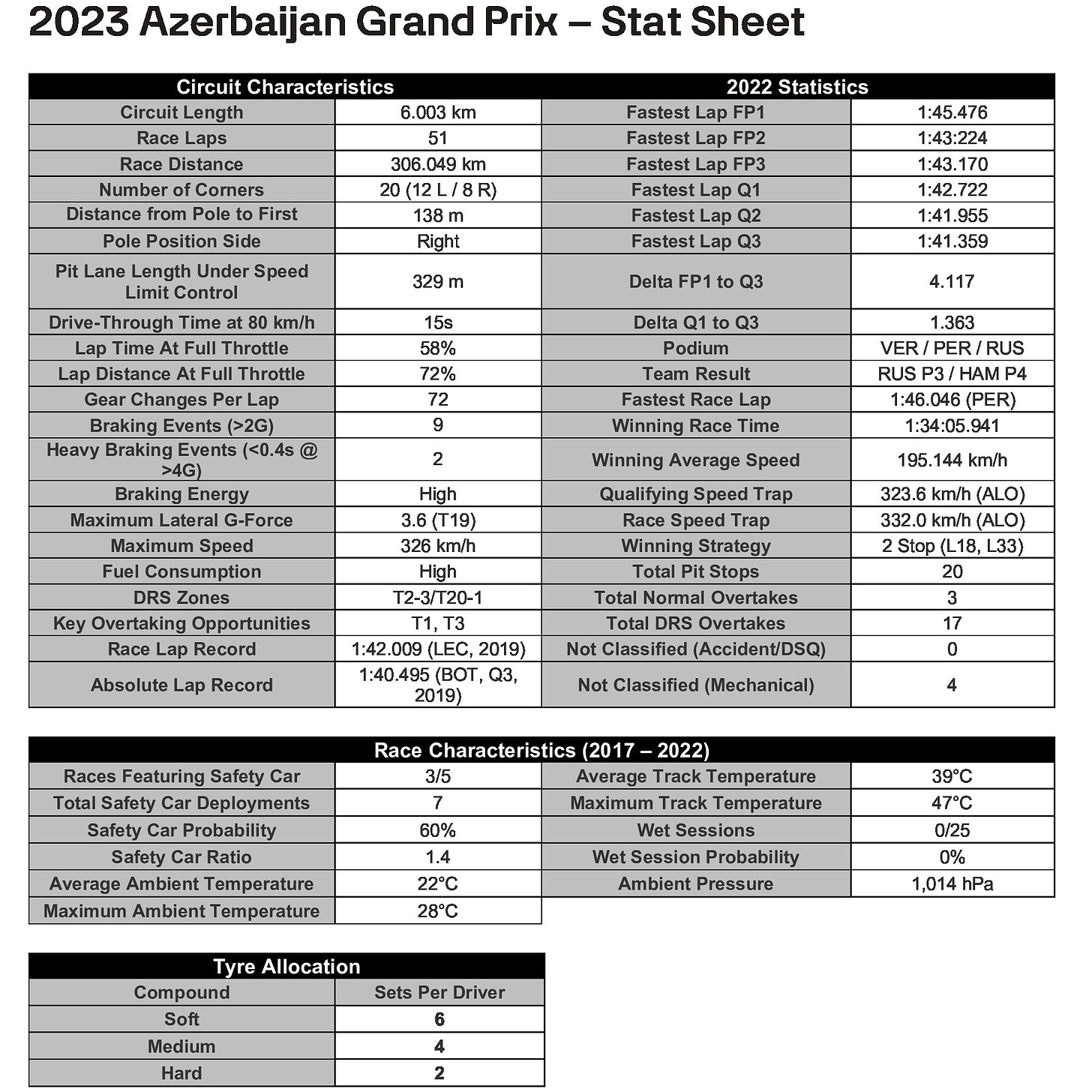-
- The name Baku derives from the shortened Persian name Bad-kuye, meaning "wind city", along with Bad-kube, which means "wind-hitting." Both terms refer to the famously consistently strong winds that blow through the city.
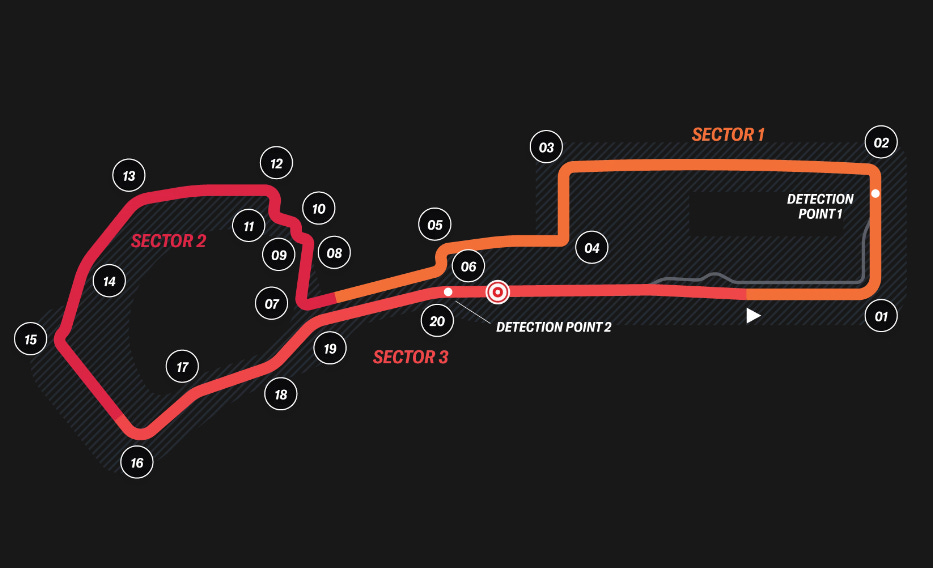
-
- The Baku City Circuit has been relegated to fourth longest on the F1 calendar this year - the introduction of the Las Vegas Grand Prix, with a layout that is 0.117km greater in length, moving into third.
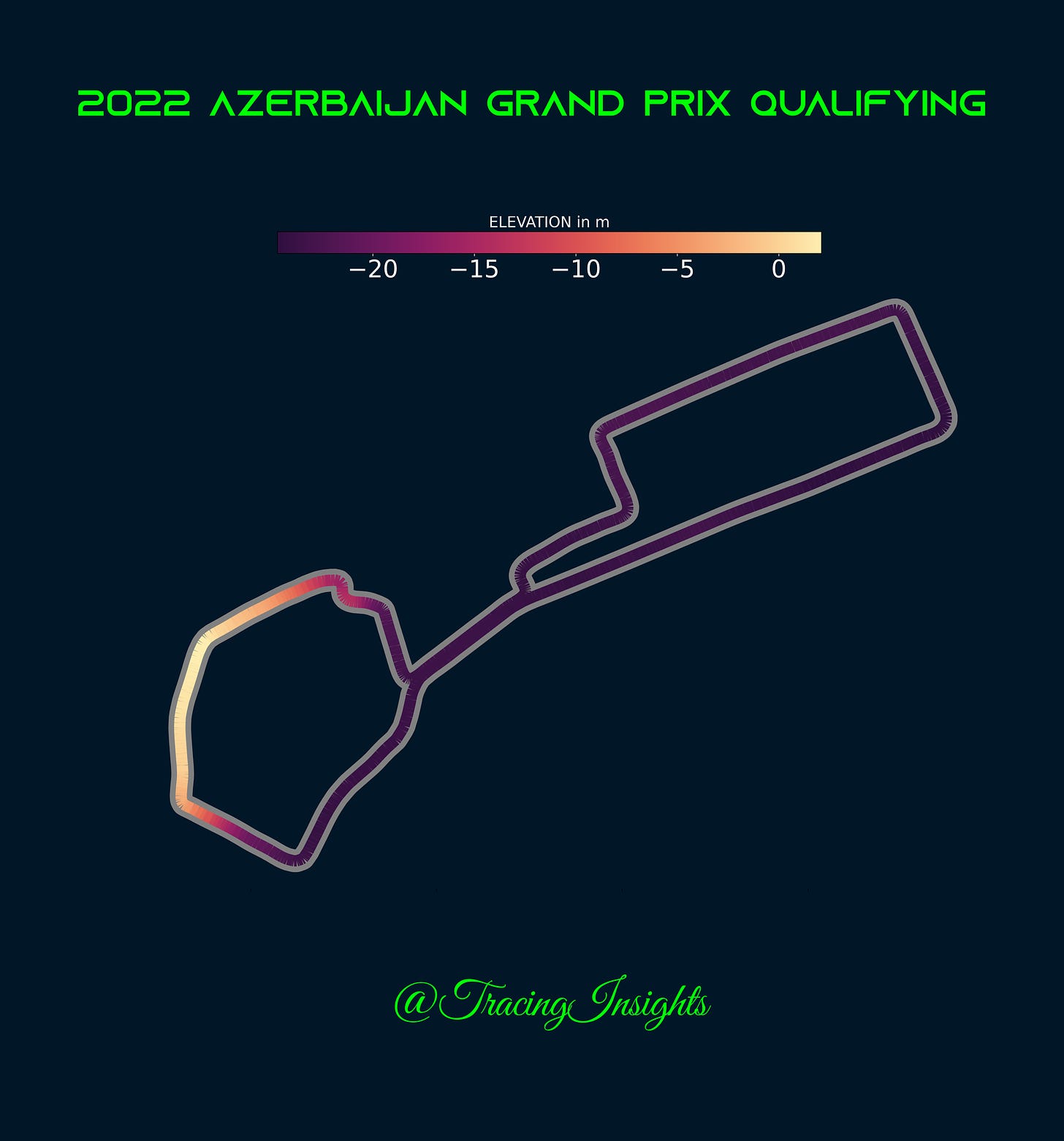
-
- The track itself can be described as a mix of Monaco and Monza, because the section of track in the old town’s narrow maze of streets reminds us of the Principality, while the long straights and heavy braking zones rather resemble the Temple of Speed in Monza’s Royal Park.
-
- The track at Baku is quite narrow in places but does not require drivers to make big steering inputs unlike last time out in Monaco. Turn 8 in Baku, for example, is tighter than the hairpin (Turn 6) in Monaco, but with it only being through 90 degrees as opposed to 180 in the Principality, it doesn’t require special suspension to navigate.
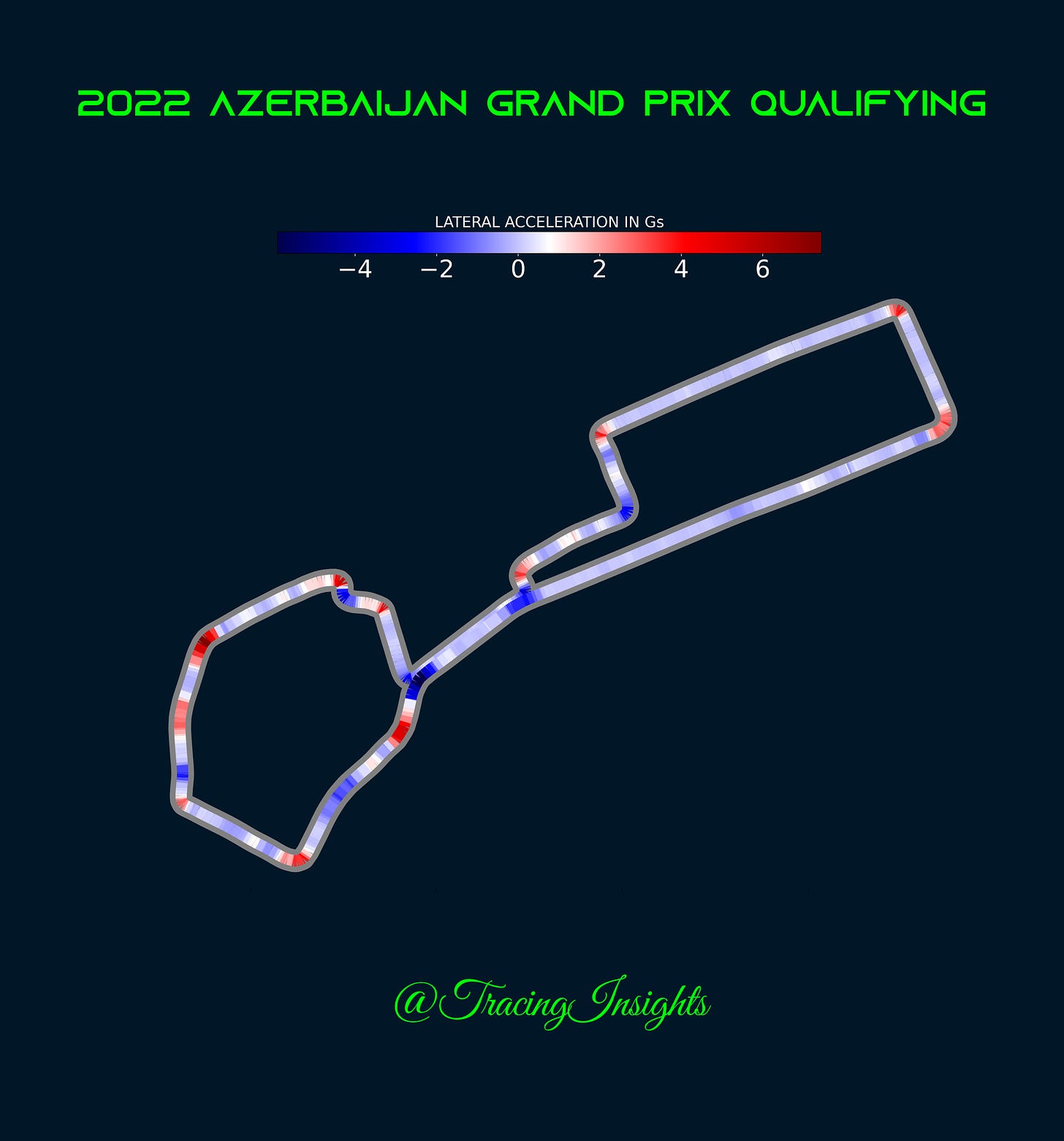
-
- Setting up an F1 car for Baku is a tricky task due to its extraordinary mix of tight corners and long straights with heavy braking zones. Teams like to dial in as much downforce as possible for the many slow corners while at the same time achieving a minimal amount of drag down the long straights. This calls for a compromise in the setup, similar to Spa-Francorchamps, where reducing drag without losing too much downforce is a key consideration.
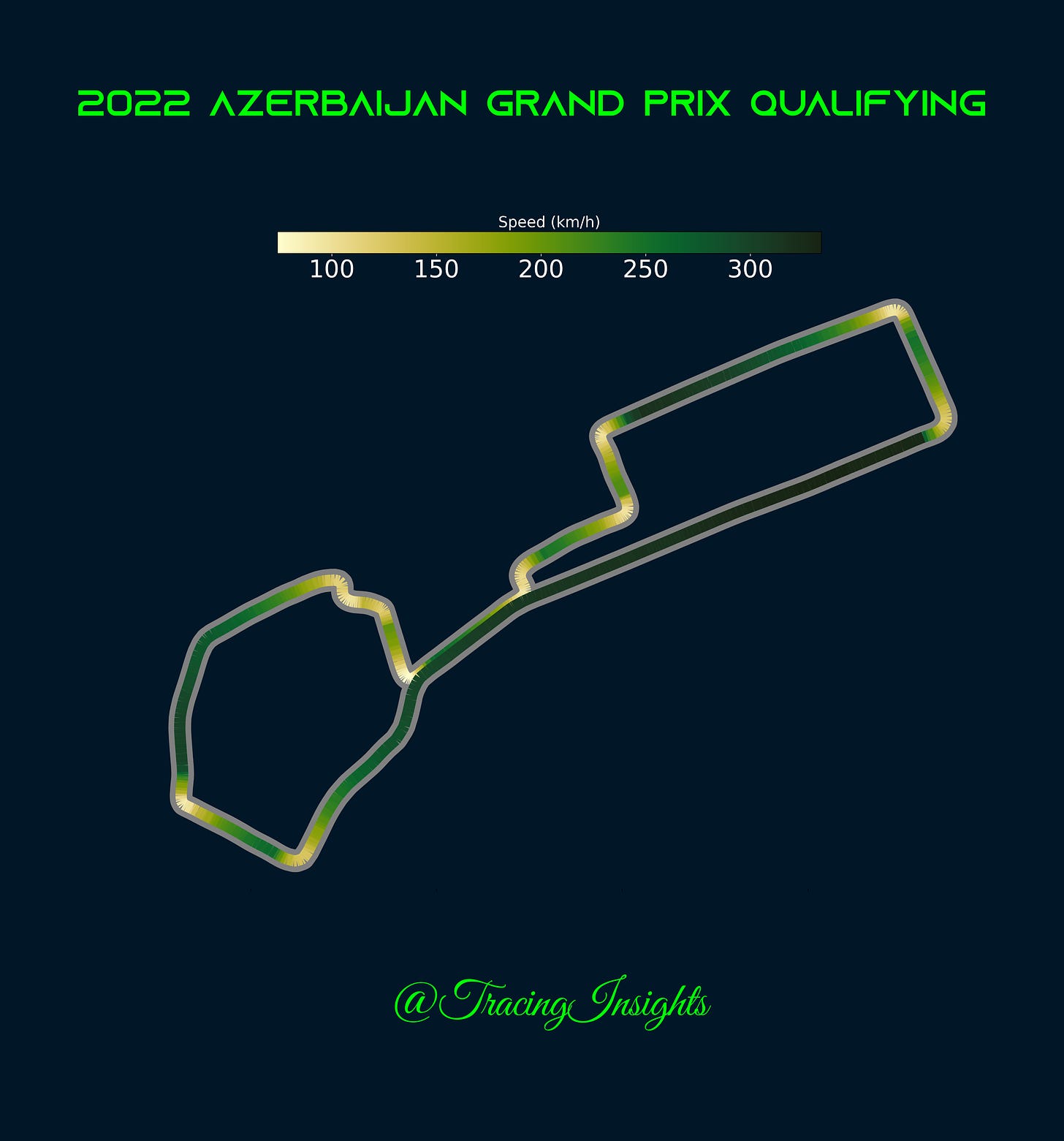
-
- The tarmac on the Baku City Circuit is very smooth, and some sections of it are re-laid annually to completely cover the old town’s cobblestones. Getting tyres up to temperature can be tough due to the very low average steer angle, which results in very little energy being put into the tyres. Teams have to rely more on the heat from braking to keep tyres warm since not as much energy is generated in the corners as at other circuits.
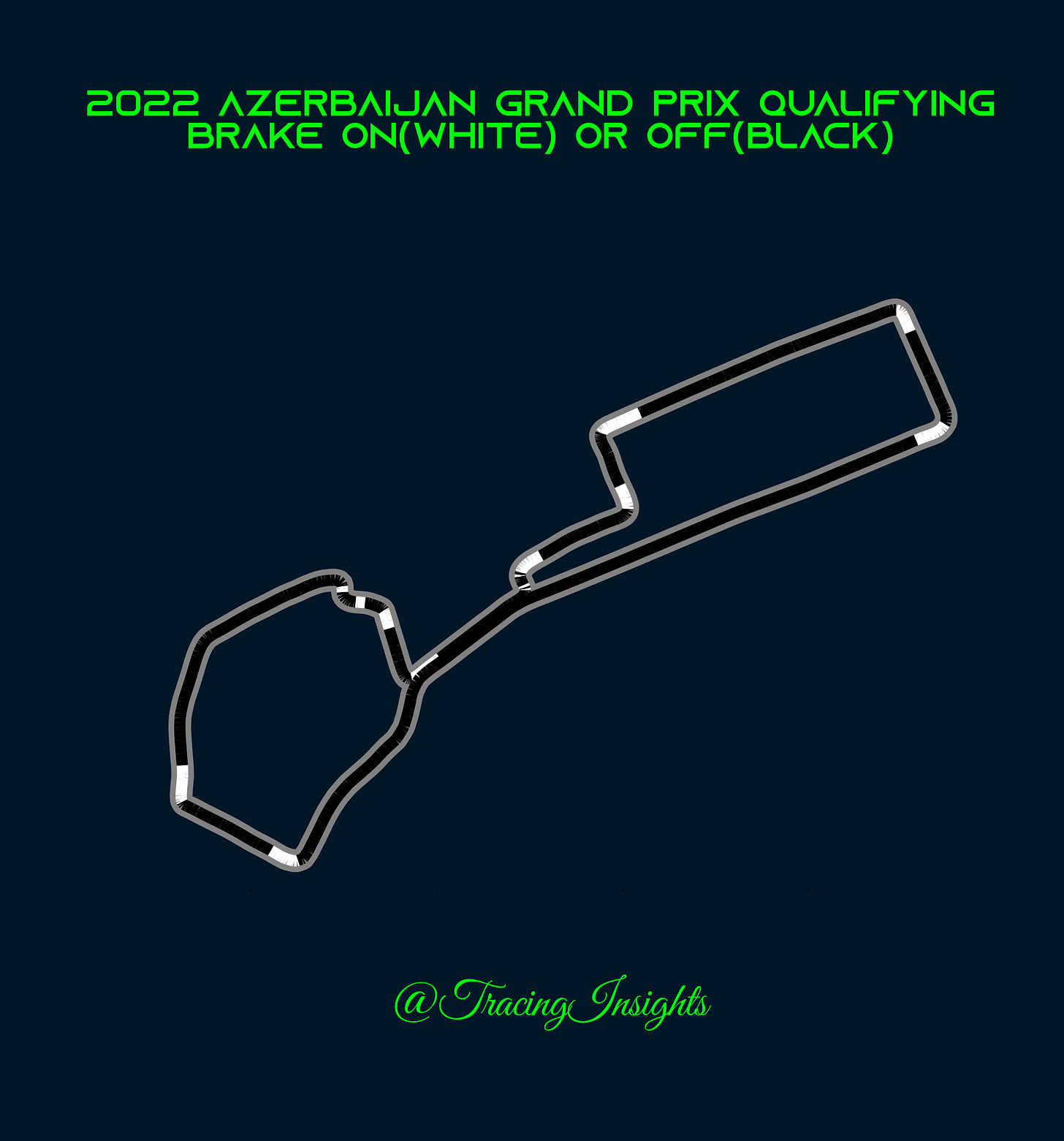
- - There has been at least one safety car deployment in three of the last five races in Baku. In all, there have been seven SC periods spread over these three Grands Prix, which corresponds to a SC probability rating of 60%. The reason for that is obvious. As the run-off zones are not particularly generous, an incident or technical problem can soon lead to Bernd Mayländer being called out.
-
-
- Any safety car deployment is inevitably followed by one of the toughest restarts of the season on the 2.2 km start/finish straight, with a strong risk of another safety car having to be sent out. Overtaking is only allowed from the control line, which comes quite late.
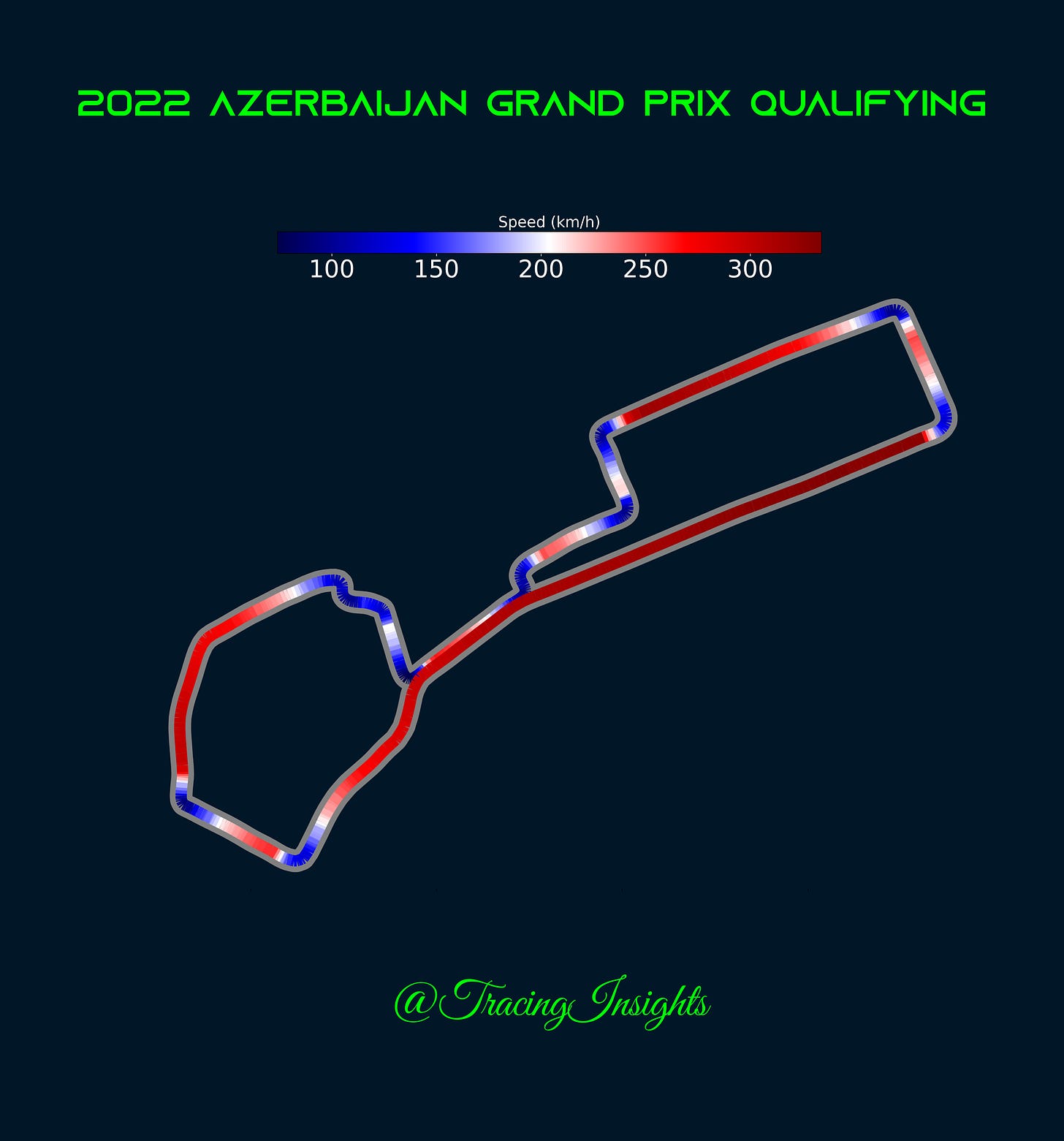
-
- There are two ways in which the leader can accelerate at the wrong time. On the one hand, if he overtakes the safety car before the control line, this will lead to an instant penalty, but on the other hand, he runs the risk of being outbraked by his pursuer in Turn 1. At the same time, however, the man behind cannot afford to get too close and pick up the slipstream too early before the control line, as this increases the likelihood of another incident and the safety car being sent out again.
-
- The section from the exit at Turn 16 leading to the braking zone for Turn 1 is the longest full throttle passage of the year and is around 200 metres longer than the segment from Turns 1 to 5 at Spa-Francorchamps. Overall, 76% of the lap distance is taken at full throttle in Baku.
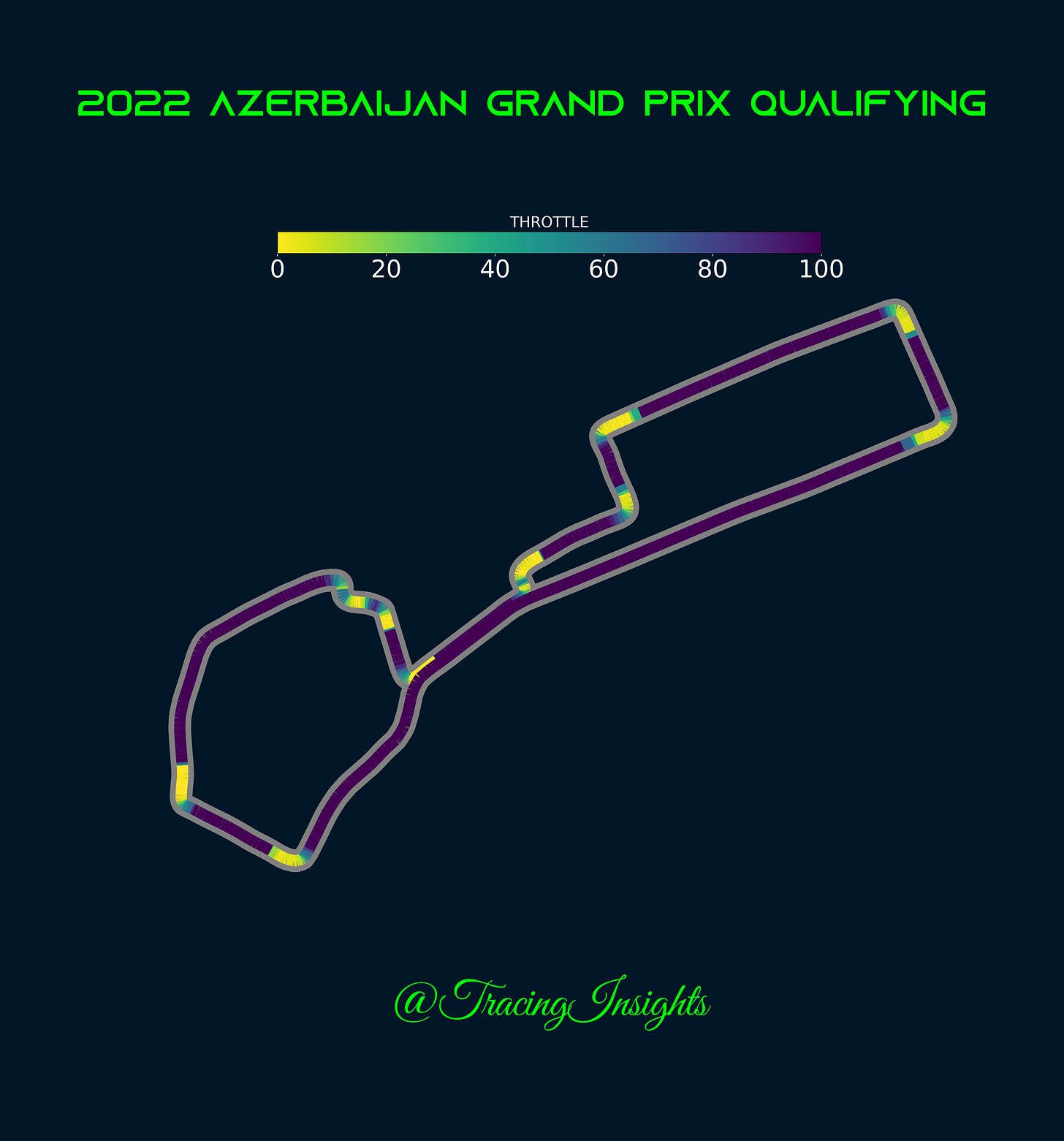
-
- Baku has the highest braking energy figures recorded at any time during the entire season, well ahead of the circuit in second place in terms of braking, Bahrain. There are ten braking ‘events’ out on track, tying with Monaco for most of the season, five of which can be counted as ‘heavy’ braking events, leading to forces of more than 4g being generated for more than 0.4 seconds.
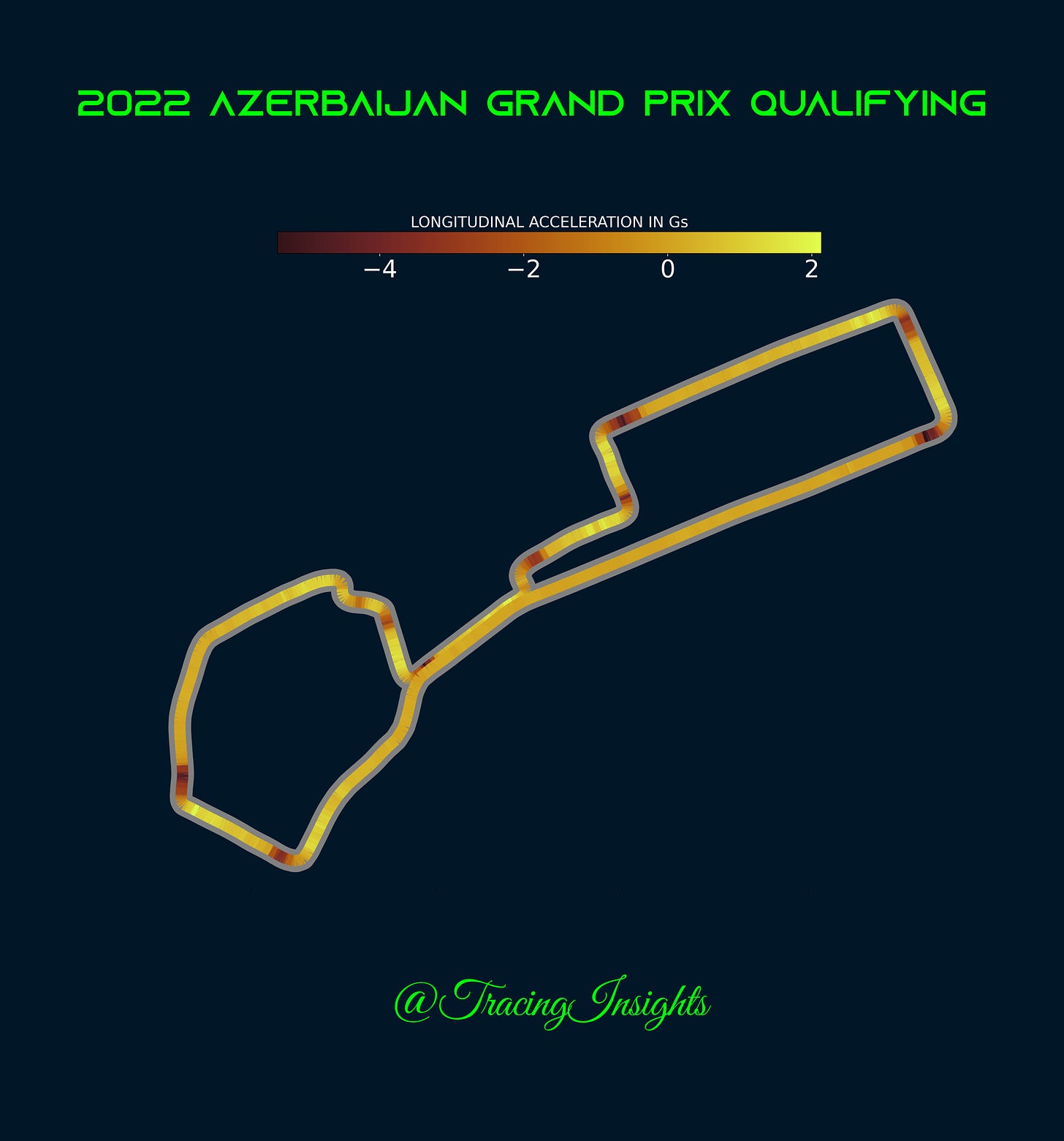
-
- The track does rank highest in terms of gear changes per lap though; a total of 72 the joint-most across the season, the same number as seen in Singapore.
- - No driver has won more than once in Baku, with six different winners from the first six races. It’s high attrition rate makes it one of the most unpredictable races.
- - The past winners are Nico Rosberg, Daniel Ricciardo (from P10 on the grid), Lewis Hamilton, Valtteri Bottas, Sergio Perez and Max Verstappen. The only teams to have won are Mercedes and Red Bull, which each scored a one-two in 2019 and 2022 respectively.
- - From these six winners, only two have won having started from pole position: Nico Rosberg in 2016 and Valtteri Bottas in 2019.
- - Sergio Perez has the most podiums(4/6) at Baku of all the drivers.
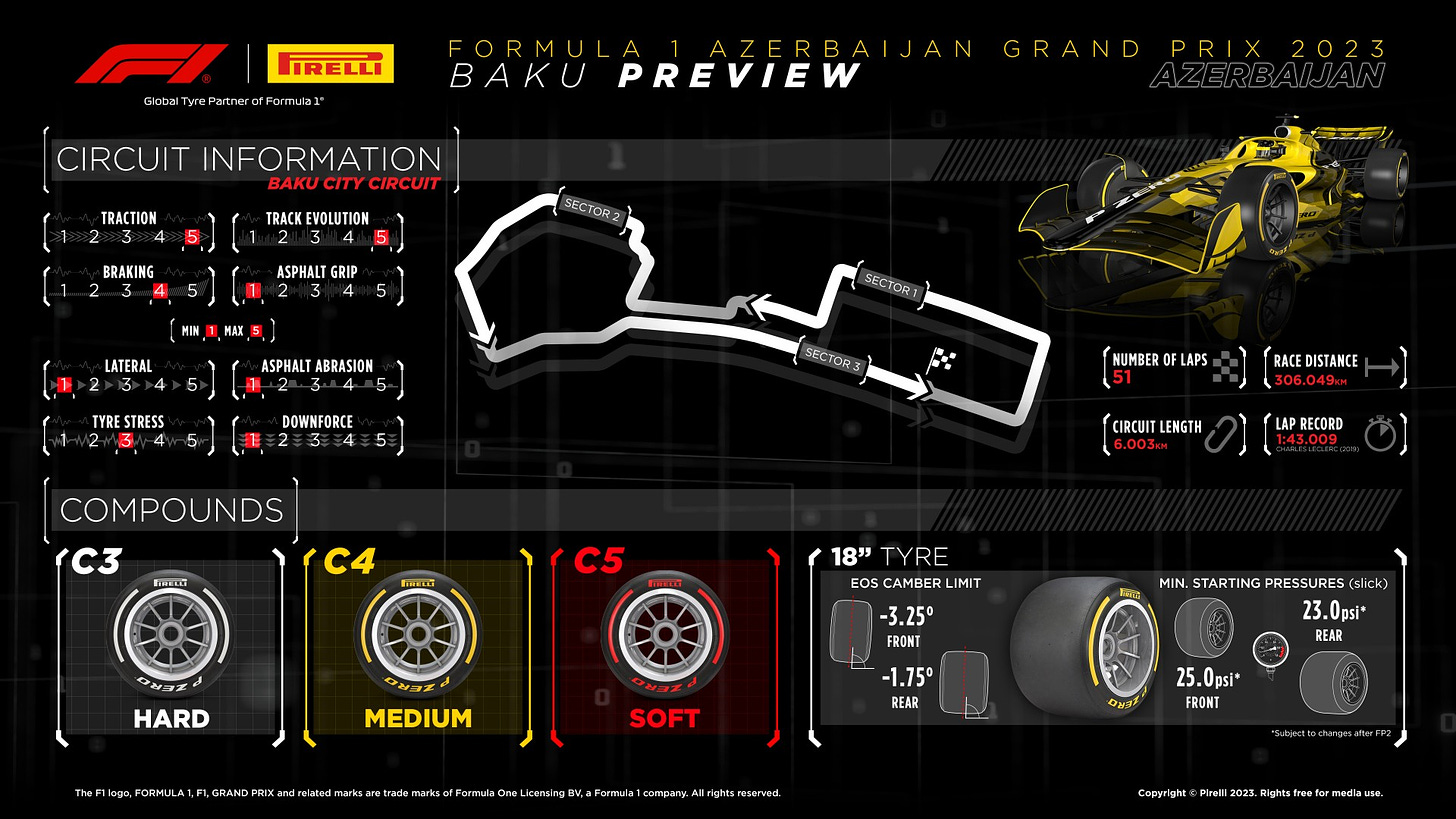
- - The race takes place at a different time of year compared to 2022. Last year, track temperatures in June exceeded 50 degrees centigrade, but with the race shifting to April, temperatures could be 10 degrees lower. This was the case in 2018 – the last time the race was held in April – when there was a wide range of temperatures recorded across the day as well.
- - Overtaking is relatively easy here, with the DRS effect particularly powerful at this circuit. The runs to Turns One and Three are both preceded by lengthy DRS zones. Expect many passes to be made at these locations, but unconventional moves can also be performed at some of the tightest corners on the circuit.
- - The DRS zone on the main straight has been shortened by 100 metres this year, which could make overtaking more challengin into turn 1.
-
- The first of six Sprint events this season. The format has altered somewhat, with the grid for both races being determined by separate qualifying sessions. Baku has never hosted a Sprint before. New for 2023, DRS will now be activated after one lap of green flag running in the Sprint.
